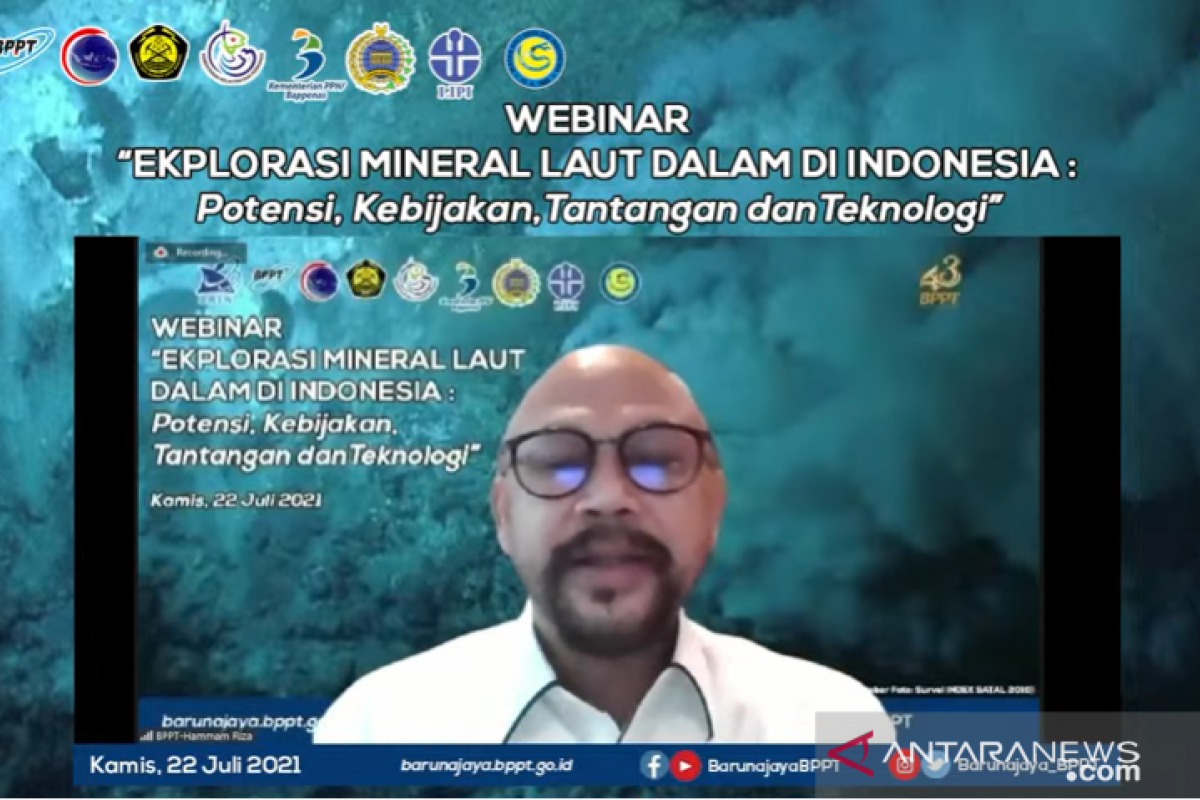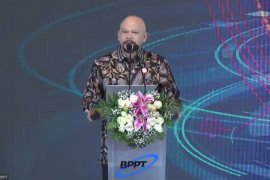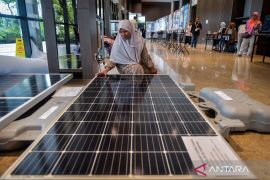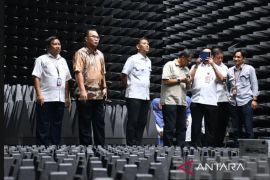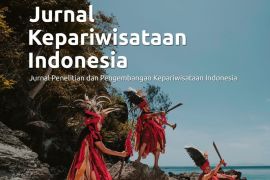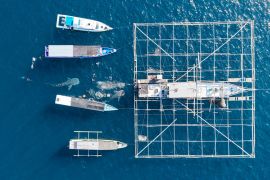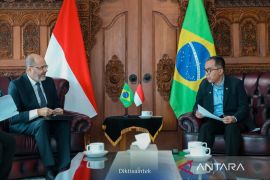"This is a challenge for all of us to be able to comprehensively study the potential of deep sea resources, including mineral deposits, which have not been widely carried out in Indonesia," said head of BPPT, Hammam Riza, at a webinar on 'Deep Sea Mineral Exploration in Indonesia: Potential, Policy, Challenges and Technology' here on Thursday.
Although the potential for deep sea mineral exploration in Indonesia has been identified, not much research has been done on the subject in Indonesia, Riza said. This is a common challenge -- to be able to create a comprehensive research and innovation ecosystem of studies on the potential of deep sea resources and their commercialization, he added.
The synergy between academics or research actors, businesses, and the government needs to be strengthened to build a knowledge-based ecosystem that supports the exploration and utilization of deep sea minerals, he said.
The Ocean Research Consortium, which has been initiated by 15 ministries and institutions as well as universities, could be the first step to form a stronger marine research and innovation ecosystem, he pointed out.
Government research institutions that have a strong enough research and innovation infrastructure can be used together in the consortium, Riza suggested. Meanwhile, universities will have a big role in helping strengthen the quality of research and innovation, he added.
Related news: Marine mineral to support development of green technologies: BPPT
With the presence of National Research and Innovation Agency (BRIN), which directs and synergizes the preparation of plans, programs, budgets, and science as well as technology resources for research, development, assessment and application, the deep sea research ecosystem in the future is expected to run better, Riza said.
Currently, three types of deep sea mineral deposits have been identified and are the main targets of exploration in order to move to the exploitation stage, he informed.
The three types of mineral deposits are Sea Floor Massive Sulphide (SMS) and Hydrothermal Vein, which can be found in mid-oceanic ridges and in the back arc; Polymetallic Nodules, which are located on abyssal plains; and, Cobalt crust, which can be found on seamounts, he said.
With the help of the Baruna Jaya research vessel fleet, BPPT has several times been involved in scientific surveys with domestic and foreign ministry or agency partners to determine the potential of deep sea minerals, he added.
Riza cited a deep sea research conducted in 2010 as an example. He said the research was part of a collaboration between Indonesia and the United States within the framework of the Indonesia-USA Exploration for Sangihe Talaud Program, or INDEX SATAL 2010.
The research was conducted from July 6 - August 9, 2010 using Baruna Jaya IV, he said. Under the collaboration, research was carried out in several areas related to the deep sea in the Sangihe and Talaud Waters.
Then, researchers using the Okeanos Explorer ship belonging to NOAA, United States, managed to find the Hydrothermal Vent area, Riza said.
Earlier, the BANDAMIN and the Bone Bay surveys conducted from 2000 to 2001 using the Baruna Jaya III research ship also succeeded in indicating the presence of marine minerals in the form of manganese nodules in the Banda Sea and potential gold minerals in Bone Bay, Riza said.
These all show the potential of deep sea minerals found in Indonesian waters, he added.
Related news: Pulp, paper industry attracts US$16 bln investment
Related news: BPPT must prudently keep abreast of technological advancements: Jokowi
Translator: Martha Herlinawati Simanjuntak
Editor: Suharto
Copyright © ANTARA 2021
